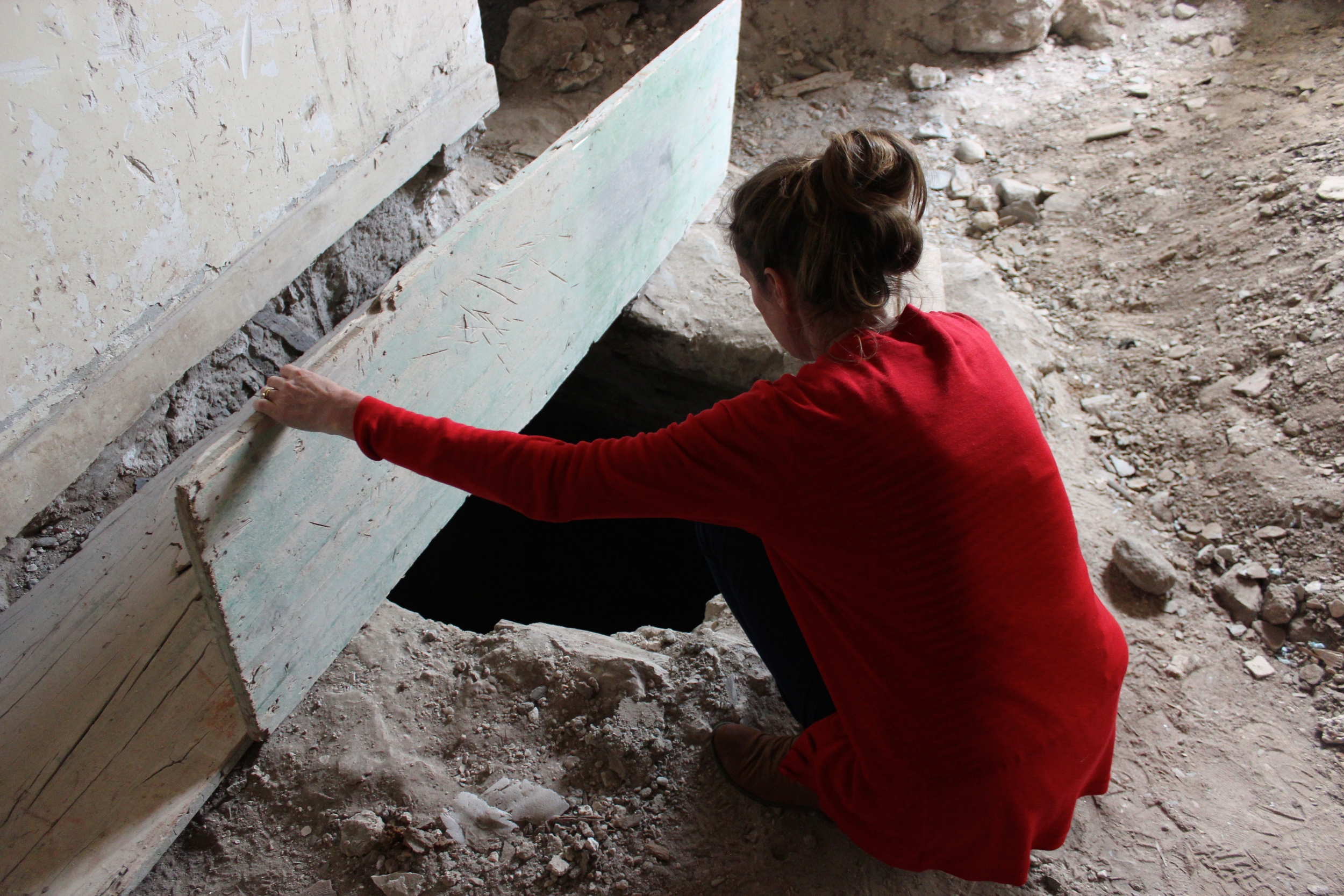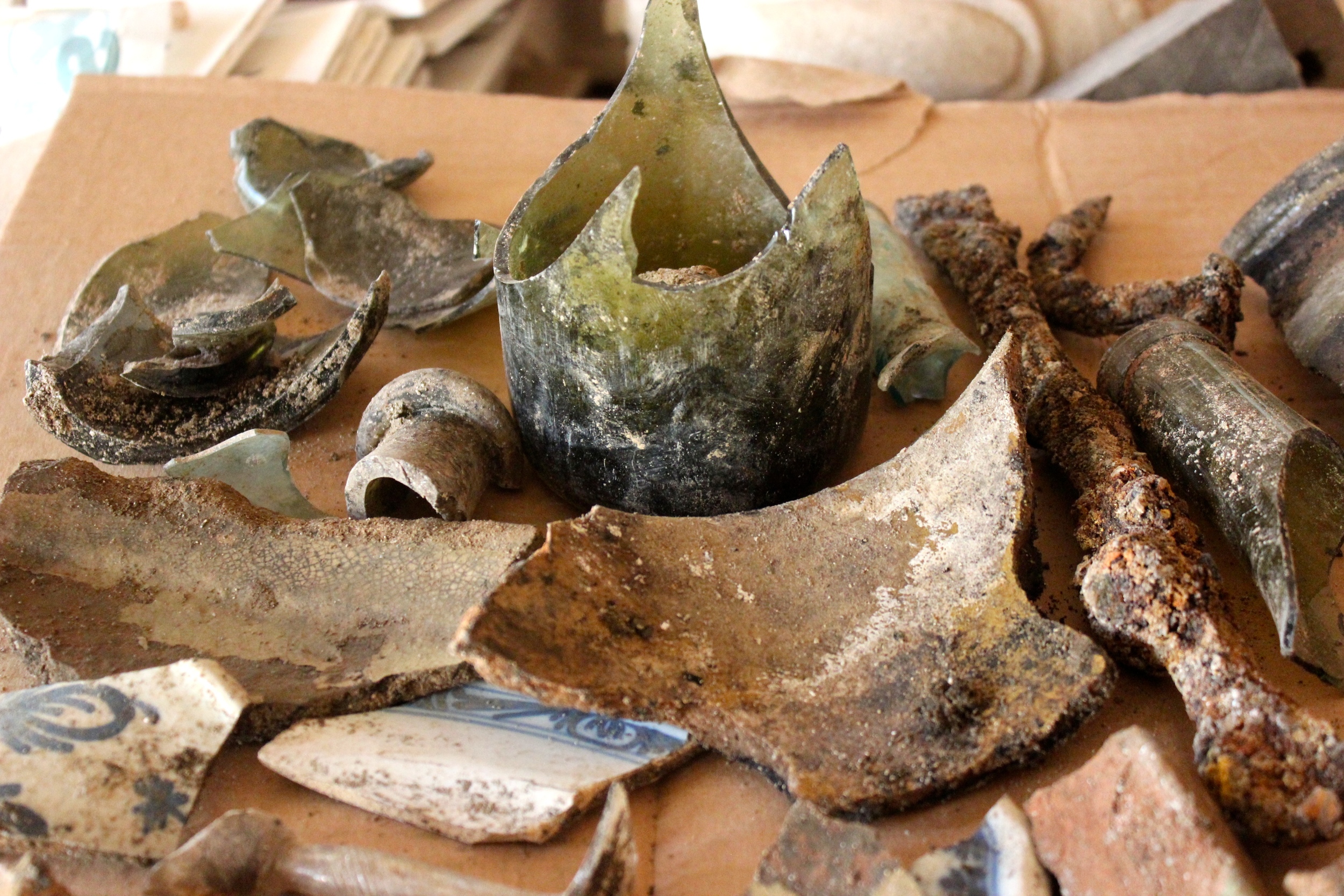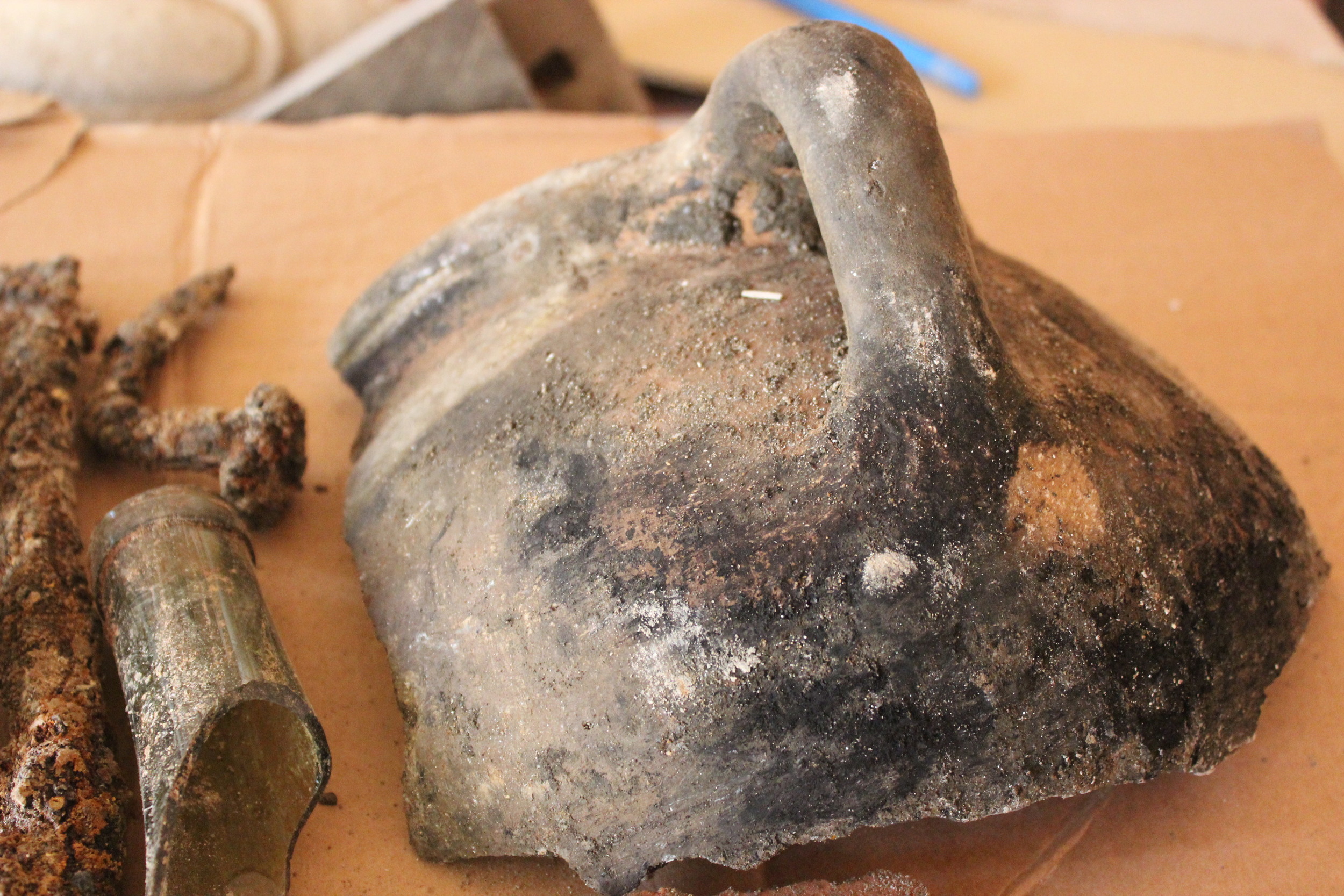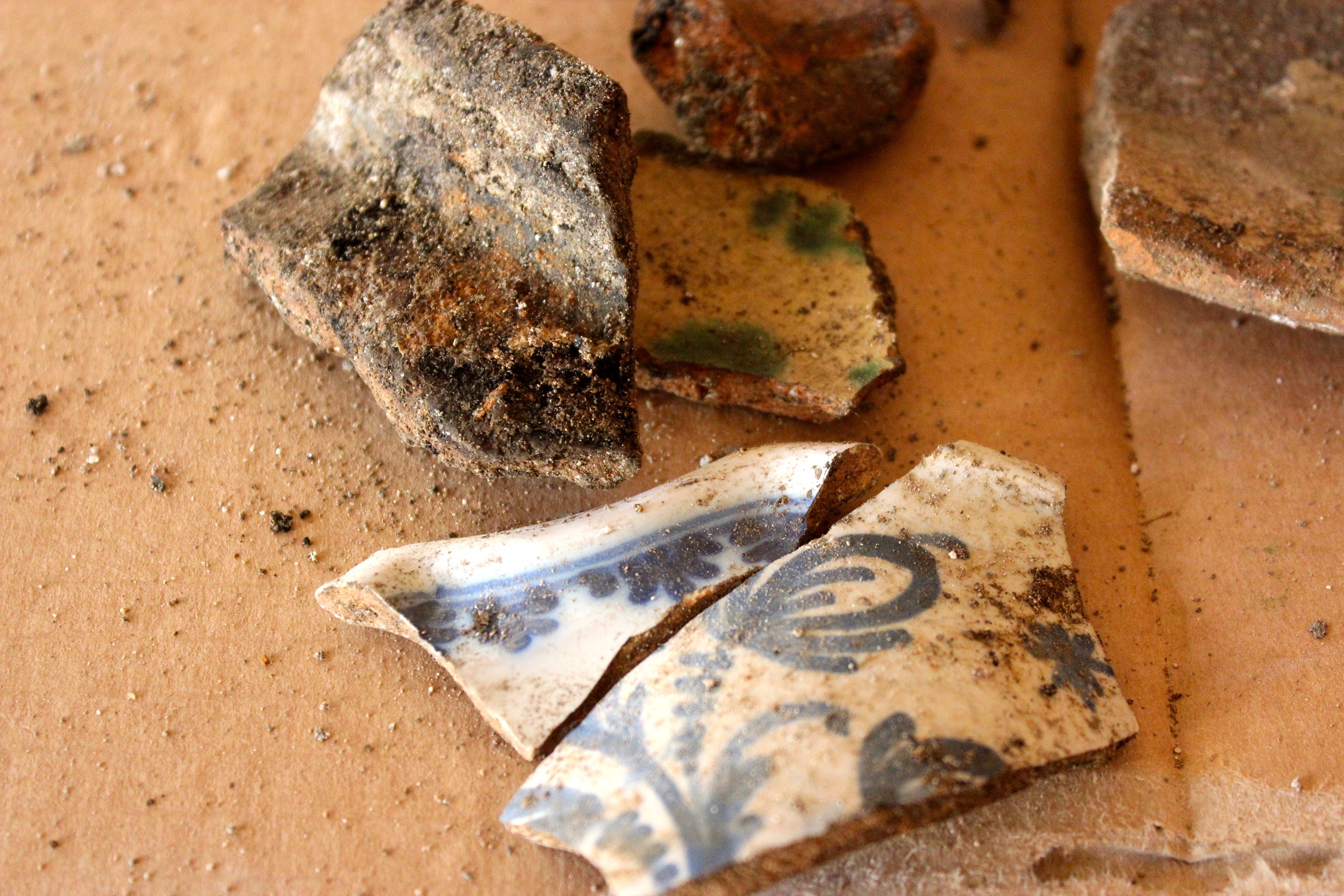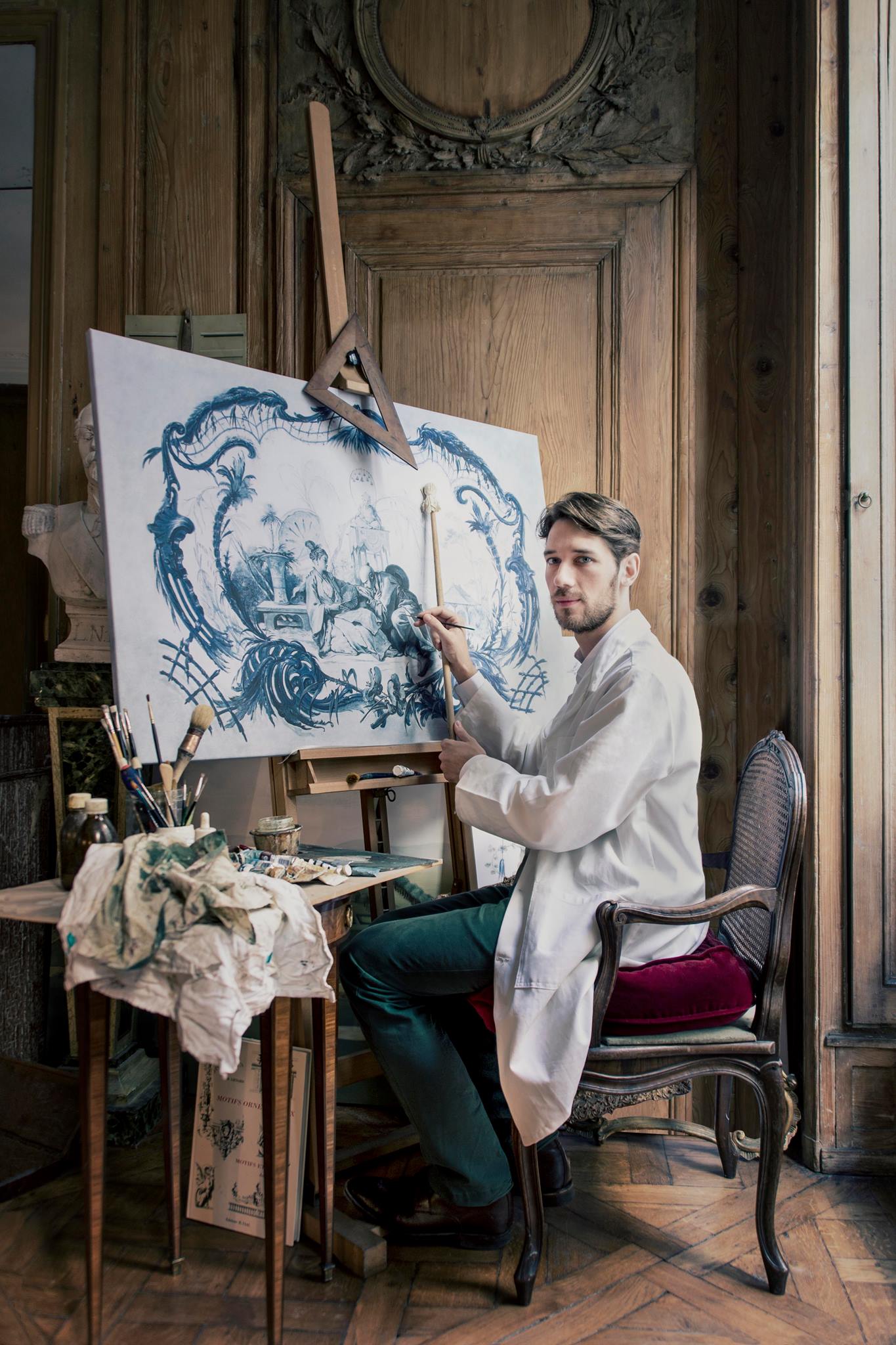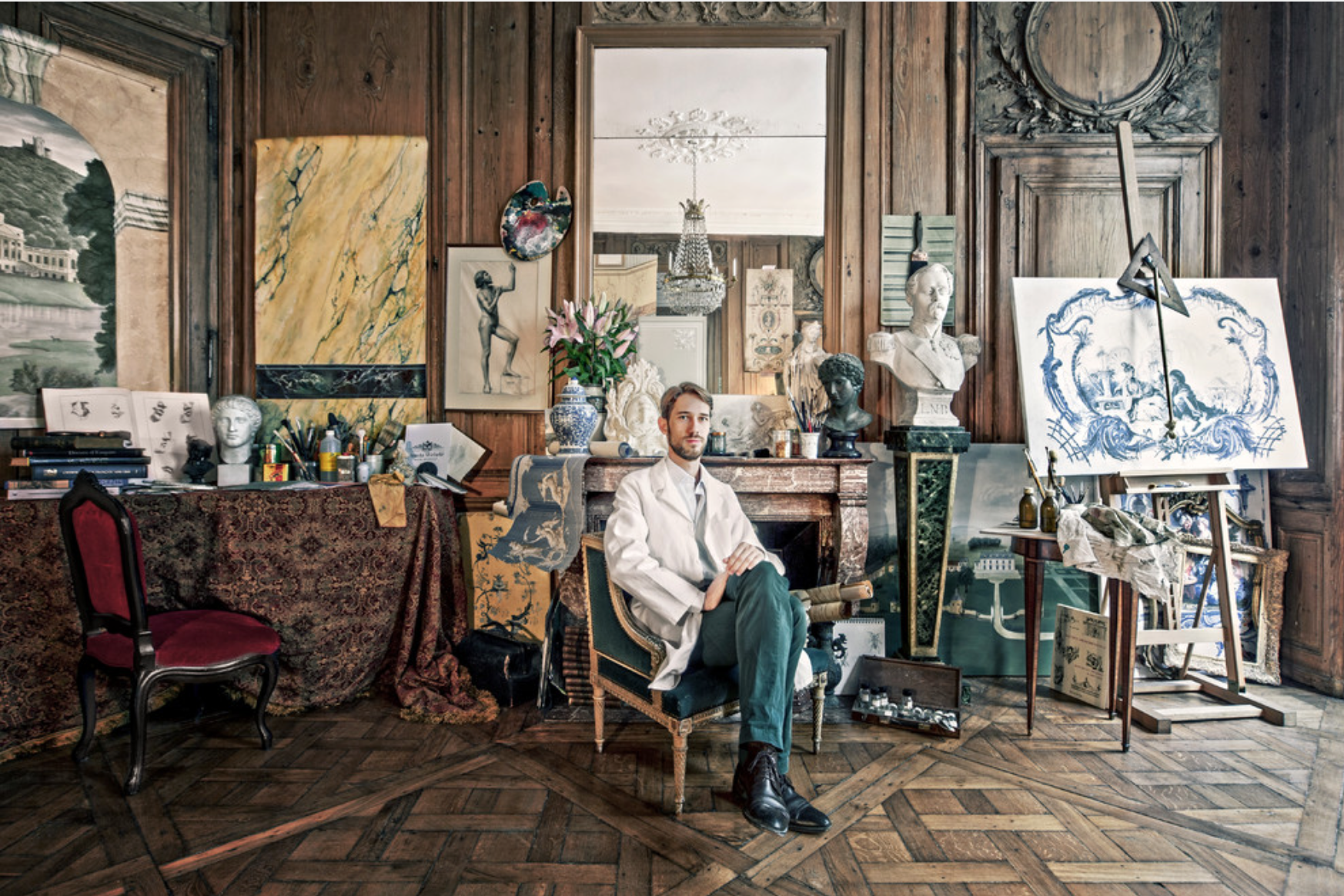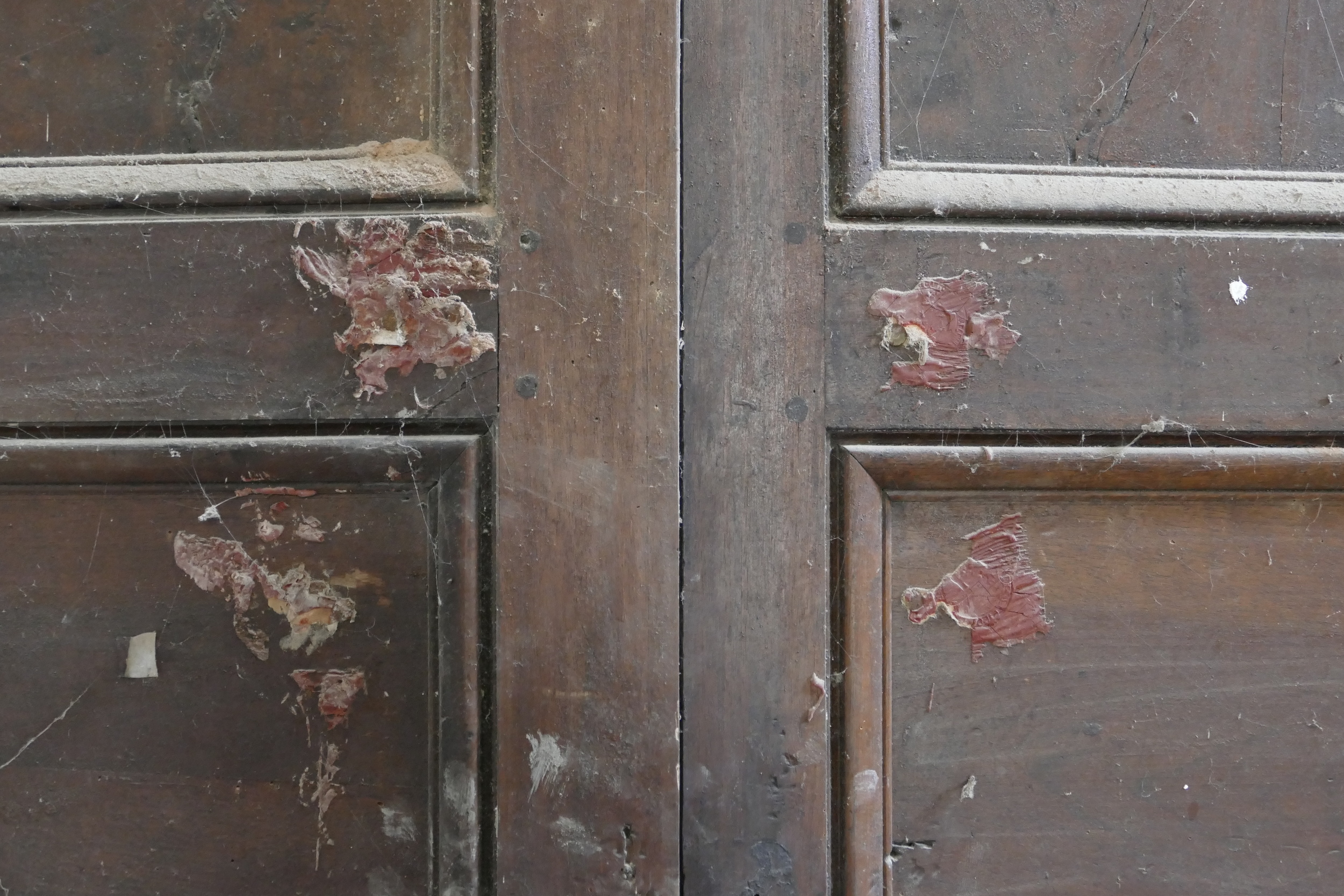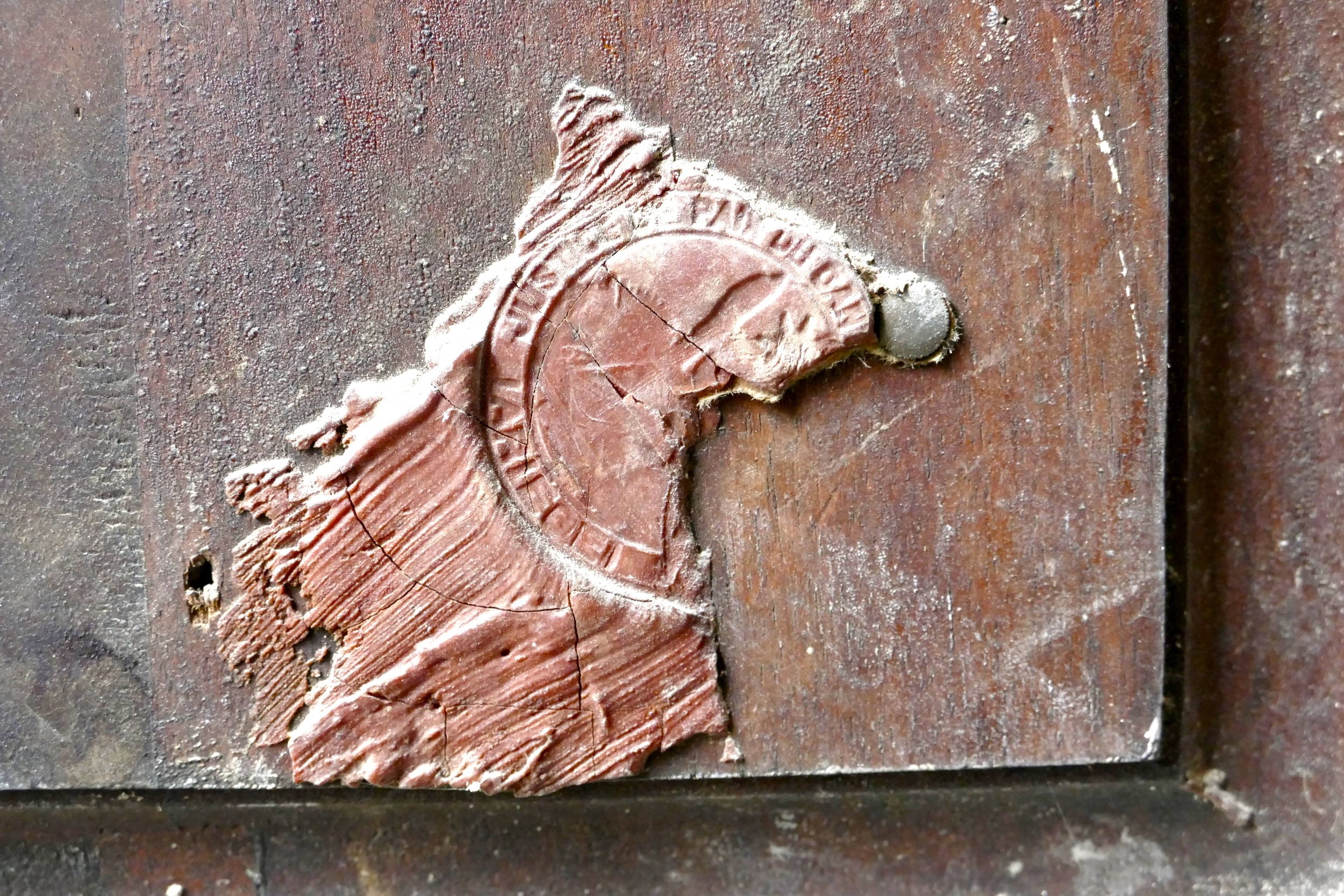Following on from Part One, are more discoveries amidst the restorations. First is the "black hole", found beneath the rotten wooden floor boards of the ground floor, next to the interior medieval tower. This tower, which dates to the 16th century, belonged to the fort which previously stood on the land, before Château de Gudanes was built. Louis Gaspard de Sales, the original owner of the Château, incorporated the tower, amongst other elements belonging to the fort, into the design of his new home.
Upon the discovery of the hole, our Catalonian builders dug and dug further, trying to uncover what lay beneath and its purpose. In the end though (at 6 meters deep) it was getting far too deep and dangerous to delve any more downwards. We decided to stop and let the dust settle until it could be excavated more professionally at a later date. For now, it is being temporarily covered.
The reason for the existence of the hole is still a mystery, the Château choosing not to reveal herself to us just yet.
Legend has it though that a tunnel exists between the Château and the local village. Originally we thought that perhaps this could be it. Another possibility, is that the hole functioned as a refuse pit, or water hole, during the occupation of the original fortress. It may then have continued to be used by occupants of the Château.
Whatever the case, as I sifted through all the dirt that had been unearthed I found a wide assortment of many bits and pieces... Perhaps these could be the key to the holes design?
In Part one, I also introduced Frantz Wehlré - the restorer from Paris. Frantz departed Paris one fine morning, after declaring in an email that he "was falling in love with this castle and would be enchanted to work on such a beautiful project". I picked him up from the train station just down the road, and was mystified as to how someone could arrive on the overnight train looking so good. But then again, I am in France!
If you don't believe me, just check out his photos below! They were taken at his workshop in Paris.
As we wandered through the Château, Frantz noticed remnants of enormous red wax seals clinging to many of the old oak doors. He explained that, following the French Revolution, rooms were sealed by the authorities. A wax seal was placed on each door, with the ends of a tricolour ribbon attached beneath each seal. If the seal was broken then it be apparent that security had been breached and someone had entered illegally.
Frantz also discovered more frescoes, upon investigation behind the timber clad walls of "le salon de rose". And, since he left, he has been working on a plan for the rooms, in particular for the future café. I look forward to sharing these with you soon in "Serendipity Part Trois".
À Bientôt!
Château de Gudanes.
